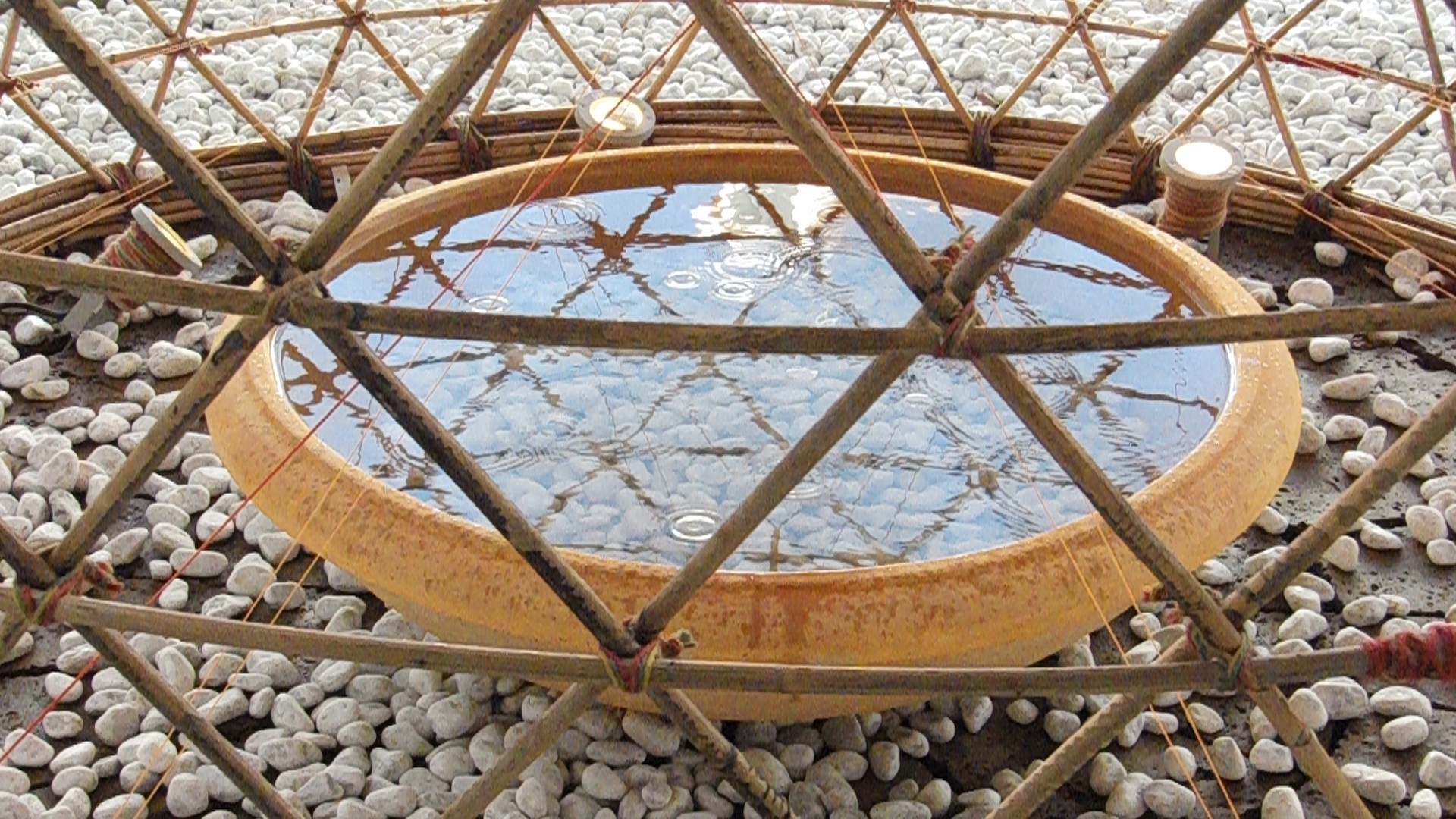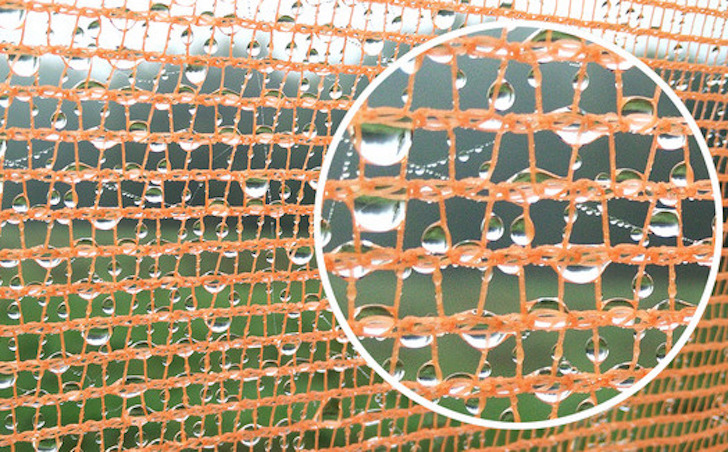 | ||
| ▲ Will the endless world war for water end? Provided by saramvirus.com. | ||
The Ethiopian people living on the opposite side of the Earth spend a much busier life than Korean students. Yet, in this drought-stricken country, it is merely a life cycle of water, by water, and for water. Could anything possibly end this vicious struggle for water? The Italian architect Arturo Vittori cautiously says “yes,” with his WW. It is not an acronym for “World War,” but his innovative “Warka Water.” It could end the world war for water, and finally stop the arduous, never-lasting walk for water.
WW came into the world following Vittori’s visit to the North-eastern region of Ethiopia. He witnessed that under the beautiful nature of the country, the villagers were not enjoying much of its beauty. The picturesque land was instead used as a route to carry water, but this water itself was already contaminated. This skilled architect and industrial designer, who had already made significant contributions globally, felt urged to do something for the people, the animals, the agriculture, and the country.
Based on the fundamental idea that pure air always contains certain amounts of water in it, Vittori designed the WW tower that can collect up to 100 liters of drinking water through the atmosphere every day. What makes this water tower so attractive is that it does not require any external energy or electricity to do this. The water in the air is primarily trapped by a mesh net made of nylon or polypropylene, which then rolls down into the container at the bottom of the tower. Then, the water can travel through a tube to wherever it is needed.
Sounds simple, right? The vase-shaped tower does not require complicated technology or engineering skills at all, which is suitable for the villagers who may possibly not have the knowledge. Only with the basic materials and handed-down know-hows in constructing the structure, the Ethiopian people could possibly break out of the tedious life of chasing water. The towers have also been proved to be successful even in the desert, where temperature difference during a day is extreme—the most important factor in collecting condensation.
Why Warka Water is a Wow
Before the WW tower was invented, the only way to find water in Ethiopia was by drilling in the ground or building a well. Yet, these methods were both technically and economically difficult for this country which lacks basic public infrastructures, and more importantly, is hostile to the local people and environment. In contrast to these solutions, the WW tower is friendly to the indigenous people as the name itself is. The Warka tree, which is a wild fig tree native to Ethiopia, is familiar to the people as it provides their daily fruit and is a gathering place for the community. The intimate tower could become the new Warka tree for the Ethiopians.
Of course, the tower is not totally free. It costs about 500 dollars to set up a single one, and the price gets lower if mass produced. Although relatively cheap, this money could be quite burdensome for the Ethiopians. Also, since the water in the air is extremely fickle depending on the region’s temperature and climate, the WW team has to build a structure that would not be influenced by these external forces. These are the remaining tasks left before actual large-scale production.
This will take another four years, according to the WW team. Up until 2019, there will be a series of field tests around the world that would lead to further evolution and improvement of the WW tower. At the same time, the team will need to draw adequate international support and donations so that the economic responsibility will not be shifted to the local people. What is more, there should be enough villagers by 2019 who have complete knowledge of the tower, not only in constructing it, but also managing it regularly and fixing it if any problems arise.
 | ||
| ▲ The collected fresh water can be as much as 100 liters a day. Provided by www.plataformaarquitectura.cl. | ||
Warka Water Needs Us
 | ||
| ▲ Water in the air is first trapped by the mesh net. Provided by inhabitat.com. | ||
Vittori is now actively searching for investors around the world to fulfill his groundbreaking plan. His plea for help has also reached Korea, through the ecofriendly brand Dung Producer. “With the WW team, we are actively seeking methods to promote WW in Korea,” said Euddeum Kim, the company’s director for planning. The company is currently selling cellphone cases with the WW design, and saving part of the profit for donation. Furthermore, they have the goal of building one WW tower once 100 cases are sold.
“We realized that the best we can do for the team is to make the project widely known to Koreans,” added Kim. “This is why we decided the cellphone case as a medium, because cellphones are the main communication method among the people.” Dung Producer’s first round of purchase has only recently ended, and it was mostly those in their 20s who had participated in this meaningful purchase.
 | ||
| ▲ A simulation of the latest Warka Water tower. Provided by www.wired.com. | ||
Thus, Dung Producer still has the task of publicizing the WW team to a wider public, not only the youngsters but also the elders. “Our future plan is to produce other charity products relating to WW, such as bracelets or wallets, that might attract people without distinction of age,” said Kim. “We are also planning to invite Arturo Vittori to Korea, where he could deliver a speech and hold a special event with the Koreans,” he added.
The WW tower is not only about cutting the endless war for water, but also about giving the people freedom to invest their lives for more productive activities, especially education. With the helping hands of Koreans, the WW tower would probably be able to come into reality in the near future, and furthermore, bring more hopeful lives to the future generation.

